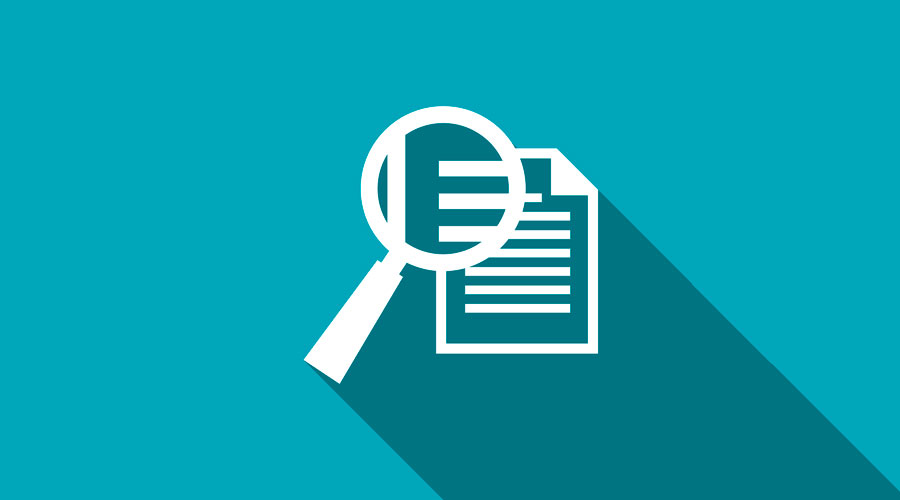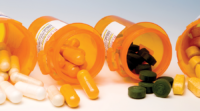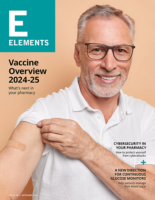The Centers for Medicare & Medicaid Services (CMS) finalized changes to Medicare Advantage and Medicare Part D Prescription Drug Programs for 2017 in its 2017 Rate Announcement and Call Letter April 4.
This document outlines changes that can affect your pharmacy’s bottom line and your Medicare Part D patients. It’s essential for you to understand the new changes that include everything from a new threshold for specialty drug costs to opioid overutilization edit requirements. But, you likely don’t have enough time to sort through CMS’ 250-page document.
Here’s a breakdown of what you need to know about the 2017 Call Letter.
Point-of-sale opioid edits
The 2017 Call Letter outlines new expectations for entering opioid point-of-sale claims edit information, implementations, terminations and modifications to point-of-sale edits in the Medicare Advantage and Prescription Drug System (MARx).
Previously, CMS expected plan sponsors to submit point-of-sale edit notifications to MARx in a “timely manner.” In the 2017 Call Letter, CMS specifies that plan sponsors must submit that information within seven business days of the date on the beneficiary’s written advance notice.
For 2017, CMS originally proposed that plan sponsors implement both soft and hard cumulative morphine equivalent dose point-of-sale edits. Pharmacists could override soft edit claim rejections by submitting appropriate NCPDP codes, while plans could only override hard edits. In the 2017 Call letter, CMS changed its expectations, and now expects plan sponsors to implement either a soft edit or a hard edit, or they can continue to implement both.
CMS also expects plans to minimize false positives by accounting for known exceptions, including hospice care, certain cancer diagnoses, reasonable overlapping dispensing dates for prescription refills or new prescription orders for continuing fills, and high-dose opioid usage previously determined to be medically necessary through coverage determinations, prior authorization, case management, or appeals processes.
First fill limits and extended days supply
In 2017, plan sponsors can limit first fills for specific tiers of drugs to a one-month supply, regardless of extended days’ supply availability.
This change is aimed at reducing waste because dispensing a two or three-month supply on a first fill risks excessive waste and unnecessary expenses if the patient discontinues the course after side effects, adverse reactions or a lack of clinical response. CMS notes that this is a particular concern for new prescriptions for a complex therapy with a narrow therapeutic index or high risk of side effect.
Plans would have to specify which drugs this applies to in their plan benefit package. After the first one-month supply, the change to extended days’ supply should be seamless for beneficiaries.
Specialty drug threshold increase
CMS updated the specialty tier eligibility cost threshold to reflect current outlier prescription drug event data.
According to the 2016 Call Letter, less than 1 percent of 30-day fills exceeded $600 previously, but prescription drug event data from 2015 found that slightly more than 1 percent of 30-day fills exceeded the current threshold.
According to the 2017 Call Letter, the specialty tier cost threshold will be raised to $670, and may or may not be adjusted on an annual basis in the future.
Medication Therapy Management (MTM) adjustments
The 2017 Call Letter outlined key cost modifications to the Medication Therapy Management (MTM) program and testing for Medicare Part D Enhanced MTM Model.
CMS’ MTM program is targeted at beneficiaries who have multiple chronic diseases, who take multiple Medicare Part D drugs, and who are likely to incur annual Medicare Part D drug costs that meet or exceed the cost threshold. For 2016, the threshold was set at $3,507, but for 2017, CMS has adjusted the threshold using the annual percentage increase of 11.75 percent to raise the MTM program annual cost threshold to $3,919.
CMS also announced that the Medicare Part D Enhanced MTM Model, an opportunity for stand-alone basic prescription drug plans, will be offered in select regions to test innovative MTM programs aimed at improving quality of care while reducing costs. Testing of the Enhanced MTM Model will last five years and begin Jan. 1, 2017. Test regions include Virginia, Florida, Louisiana, Iowa, Minnesota, Montana, Nebraska, North Dakota, South Dakota, Wyoming and Arizona.
CMS also suspended Element X, “Topics discussed with the beneficiary during the comprehensive medication review (CMR), including the medication or care issue to be resolved or behavior to be encouraged,” of the MTM program reporting requirements for 2016 until standardized data can be collected.
Expanding beneficiary awareness
The 2017 Call Letter outlines CMS’ latest step to expand beneficiary awareness.
CMS intends to make the Medicare Drug Spending Dashboard assessable to beneficiaries through the Medicare Plan Finder on Medicare.gov to encourage transparency initiatives, raise awareness and educate beneficiaries about the cost of prescription drugs and their effect on the Medicare Part D program.
View a full text version of the 2017 Rate Announcement and Call Letter.
For your pharmacy to succeed in 2016, you need to be prepared for the changes and challenges ahead.












